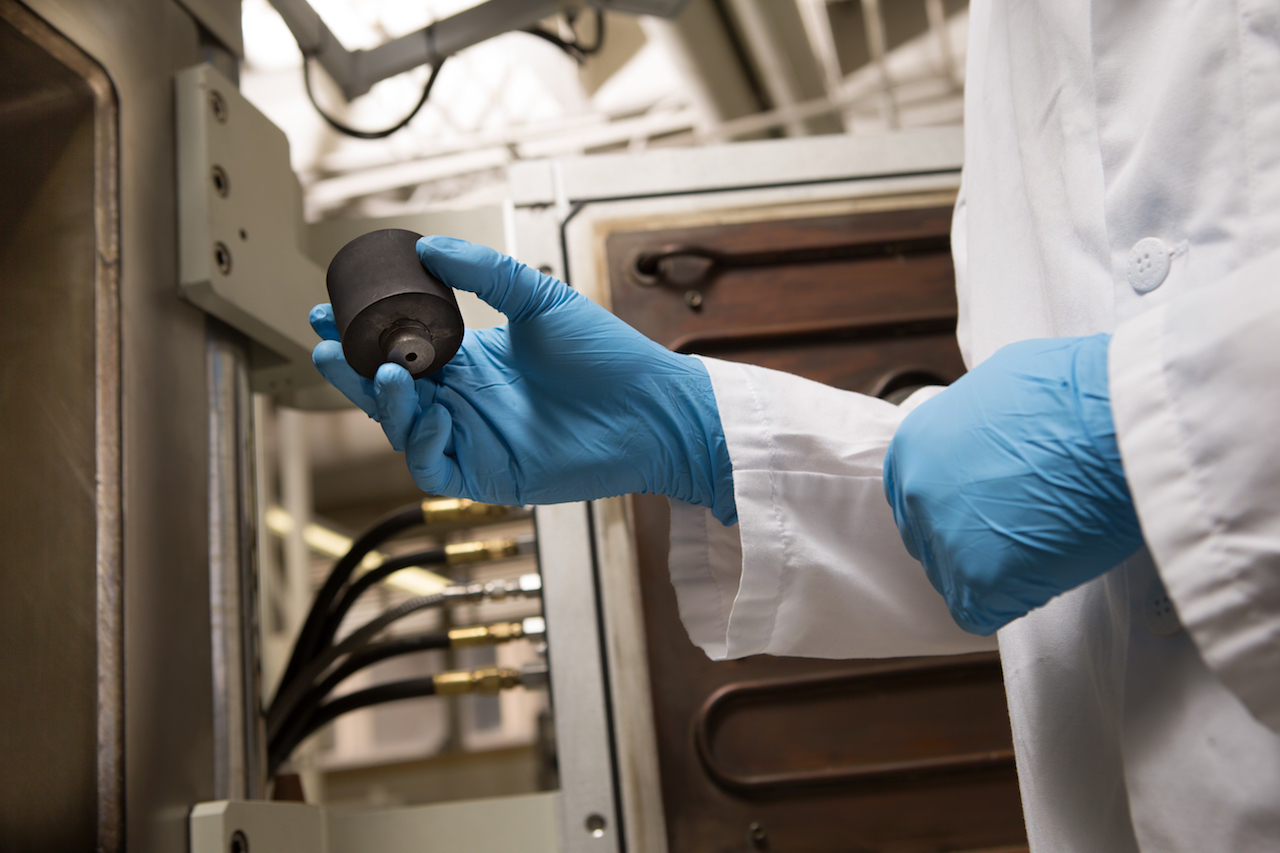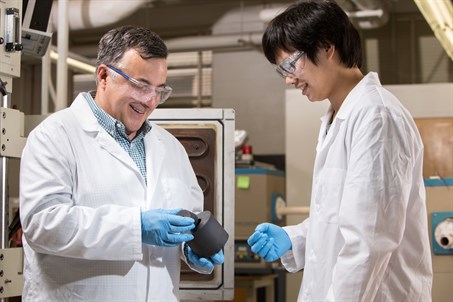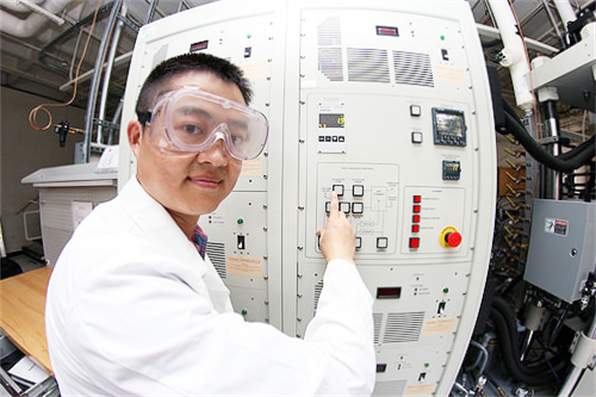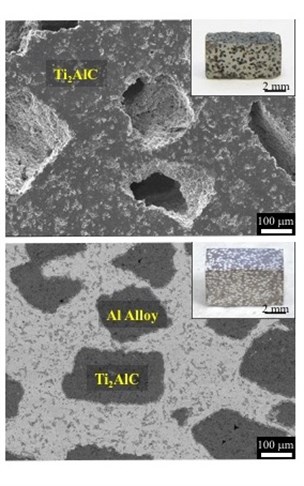
Recent advancements in automotive, aerospace and power generation industries have inspired materials scientists to engineer innovative materials. Ceramic metal composites, or ce rmets, are an example of a new and improved class of materials that can enhance transportation and energy conversion technologies.
rmets, are an example of a new and improved class of materials that can enhance transportation and energy conversion technologies.
Cermets combine useful properties from each of their primary constituent materials such as high temperature stability of ceramics and machinability and ductility of metals. However, cermets are effective only if their constituent materials do not react with each other during their processing.
Researchers at Texas A&M University have developed a rapid and efficient technology that enables processing ceramics and metals together into cermets with little to no reaction between constituent materials. This breakthrough opens the possibilities for development of new and superior composite materials.
Most ceramics and metals are unstable when combined at high temperatures and are known to react with each other, leaving the final composite materials with undesirable properties such as brittleness or low temperature resistance.
“This severely limits the number of new composite materials that can be developed for our growing needs,” said Dr. Miladin Radovic, associate professor and associate department head in the Department of Materials Science and Engineering.
 Radovic along with Dr. Ibrahim Karaman, Chevron Professor I and head of the materials science and engineering department, and former doctoral students Dr. Liangfa Hu and Dr. Ankush Kothalkar, and Morgan O’Neil, an undergraduate student in the Department of Mechanical Engineering, have developed the current-activated pressure-assisted infiltration (CAPAI) method to combine ceramics and metals resulting in stable, high performance composites.
Radovic along with Dr. Ibrahim Karaman, Chevron Professor I and head of the materials science and engineering department, and former doctoral students Dr. Liangfa Hu and Dr. Ankush Kothalkar, and Morgan O’Neil, an undergraduate student in the Department of Mechanical Engineering, have developed the current-activated pressure-assisted infiltration (CAPAI) method to combine ceramics and metals resulting in stable, high performance composites.
In only nine seconds, the CAPAI method combines ceramics and metals with little to no reaction between constituent materials. It uses electric current to instantly heat the metal, and applied pressure to drive the molten metal into foam made of ceramic.
In their initial study, the researchers selected aluminum for its light weight, corrosion resistance and popularity in automotive and aerospace industries, and ceramic foams of titanium aluminum carbide (Ti2AlC) for their good fracture toughness, electrical and thermal conductivity, and combined them into lightweight cermets with high strength and good temperature stability.
“The electric current and the pressure together provided simultaneous heating and pressure that actively drove the molten metals into the ceramic preform,” said Radovic. “The fast and controllable heating rate, which was as high as 700 degrees Celsius, offered an easy and efficient way to avoid reactions between ceramics and molten metal.”
The researchers discovere d that the resulting composite (Ti3AlC3/Al) was lightweight with competitive mechanical properties at both ambient (room) temperatures and elevated temperatures. It was 10 times stronger at room temperatures and 14 times stronger at 400 degrees Celsius than aluminum alloys, and was less prone to severe degradation after exposure to high temperatures.
d that the resulting composite (Ti3AlC3/Al) was lightweight with competitive mechanical properties at both ambient (room) temperatures and elevated temperatures. It was 10 times stronger at room temperatures and 14 times stronger at 400 degrees Celsius than aluminum alloys, and was less prone to severe degradation after exposure to high temperatures.
“Both aluminum and titanium aluminum carbides challenged the conventional methods for producing desirable composite materials because they react to each other at temperature that is well beyond that needed to combine them in the composite material,” said Radovic. “The CAPAI method allowed processing novel ceramic-metal composites which could not otherwise be obtained using powder metallurgy and conventional infiltration techniques.”
Radovic is optimistic about the limitless opportunities that new and advanced composite materials will offer for both economical and sustainable manufacturing on an industrial scale.
The research was supported by grant awarded to Texas A&M University researchers by the U.S. Air Force Office of Scientific Research, Multidisciplinary Research Program of the University Research Initiative (MURI).
Read more about the research in Scientific Reports.